Topic: Polyhedral Topologies in Blender
Date: February 10-11, 2024
Time: 14:00 – 18:00 GMT
Format: Online on Zoom
Duration: 2 Sessions (8 Hours)
Registration Deadline: February 9, 2024
Total Seats: 50 seats
Difficulty: Intermediate
Language: English
Certificate: Yes
Fee for Digital Members: €77 (15% discount for Digital Members)
General Registration: €90
Organized By: PAACADEMY
Tutor: Alessandro Zomparelli
Recordings: Recordings will be available for all participants afterward indefinitely.
Introduction to the workshop:
Polyhedral Topologies in Blender using Tissue and Geometry Nodes
The structural properties of polyhedral lattices make them a remarkable strategy for both experimental architecture and product design. They allow us to describe a volumetric object through a topological description of internal polyhedra. The polyhedral complex can be produced as a regular grid object, but it can also be deformed and manipulated using Blender’s Geometry Nodes, which allows for some form finding strategies that increase its effectiveness in specific loading conditions. When it comes to generate a polyhedral wireframe structure, the Tissue add-on allows to generate complex geometries while producing a clean topology suitable for digital fabrication workflows or for further procedural modeling, using Tessellation strategies.
The scope of the workshop:
During the workshop we will work with Blender, using Geometry Nodes together with the Tissue add-on in order to combine the flexibility of procedural nodes together with non-destructive Tissue tools such as Polyhedral Wireframe and Tessellation. We will understand how to procedurally manipulate polyhedral complex geometries using fields in Geometry Nodes deploying some basic form finding strategies. In addition to that, using Tissue we will understand the importance of a clean topology for further manipulation of complex geometries.
This workflow can benefit architects working on experimental structures and designers working with complex lattices for 3D printing.
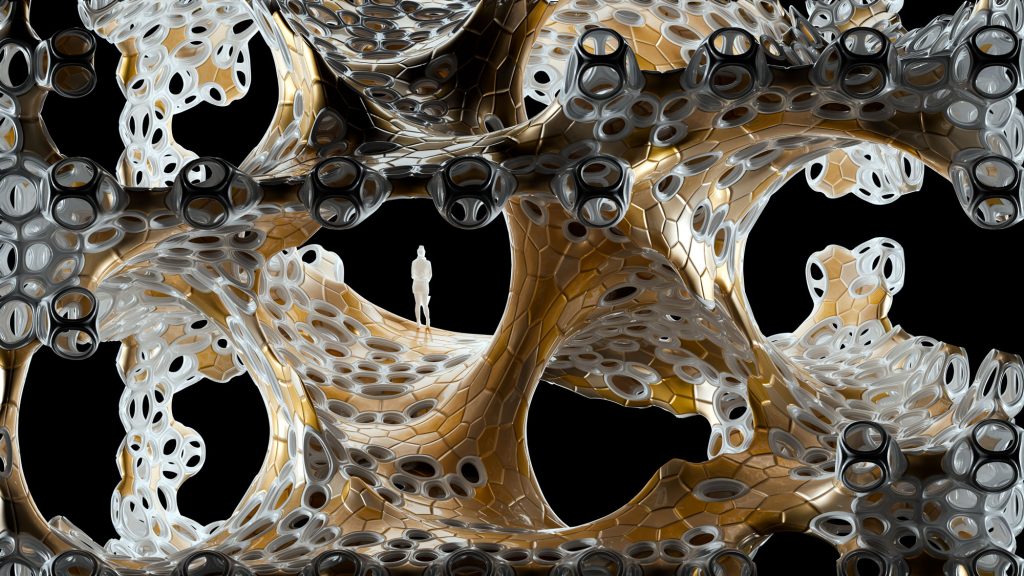
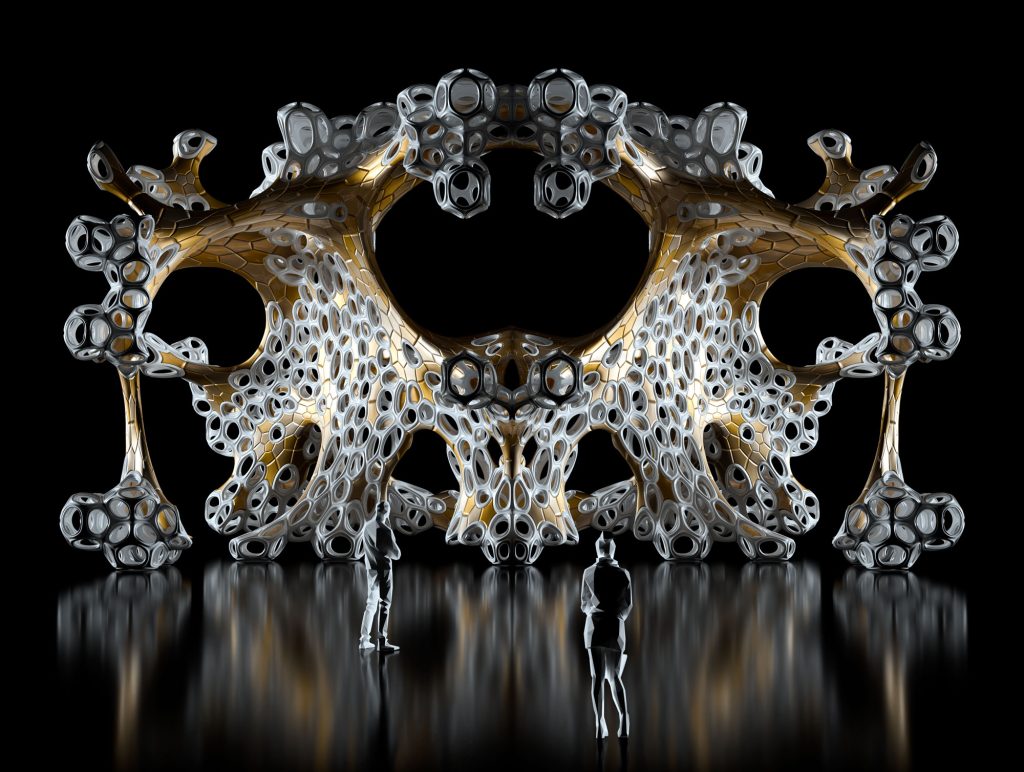
Methodology:
This workshop is to model a small architectural pavilion. During a first part dedicated to tutorials about Geometry Nodes and Tissue the participants will understand the principles behind polyhedral complexes and form-finding combined with Tissue’s tessellation. Working on an individual exercise they will produce complex organic structures working on both its structural layout and surface articulation.
Objectives:
The students will learn the basic principles of Geometry Nodes in Blender. In addition to that, thanks to a combination of form-finding strategies and parametric modeling using the Tissue add-on they will also understand how to obtain functional and appealing architectural objects.
Program:
Day 1:
- Introduction to Polyhedral Complexes and non-manifold geometries
- Polyhedral grids in Blender
- Tissue’s Polyhedral Wireframe tool
- Tessellation strategies principles and the importance of Mesh topology
- Tutorial about Geometry Nodes for Polyhedral Lattices manipulation using fields
- Exercise
- Q&A
Day 2:
- More advanced modeling methods using Geometry Nodes
- Visualization tips for quick realtime rendering
- Exercise
- Q&A
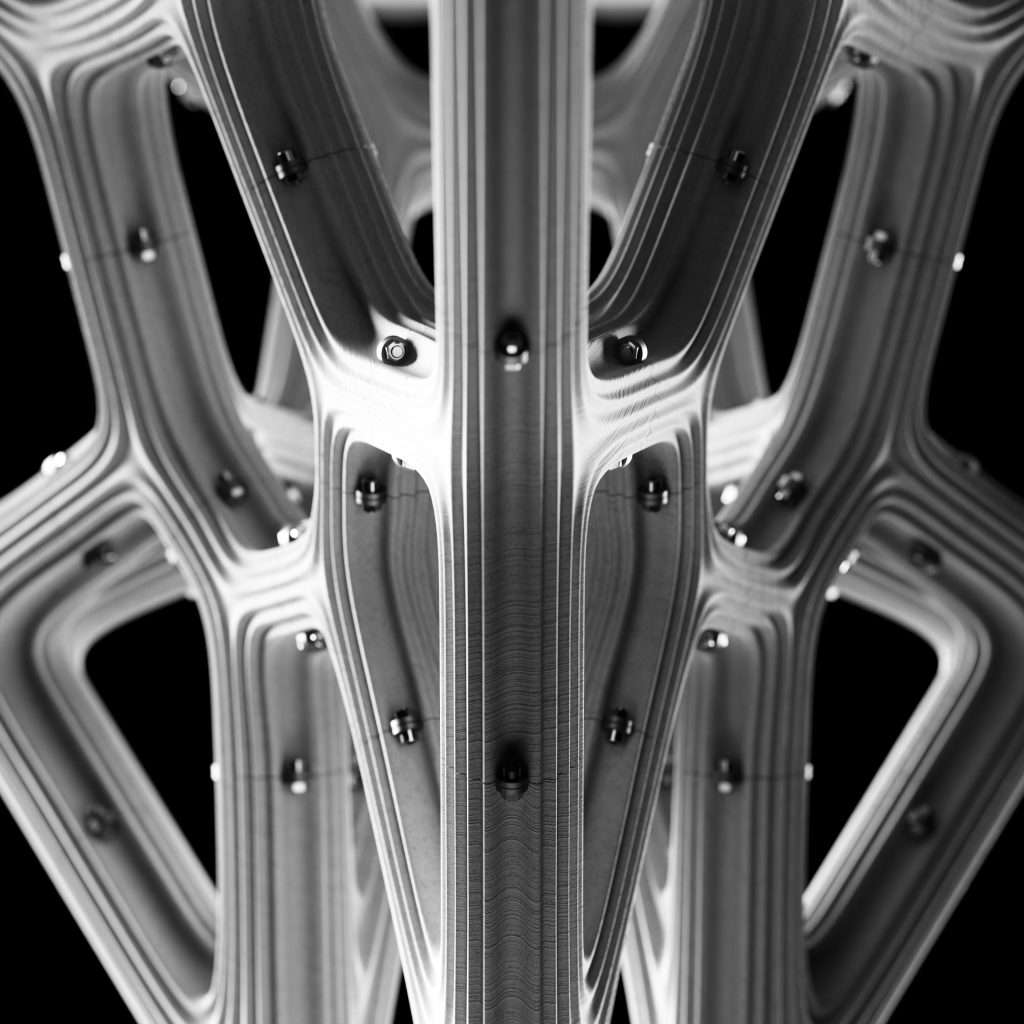
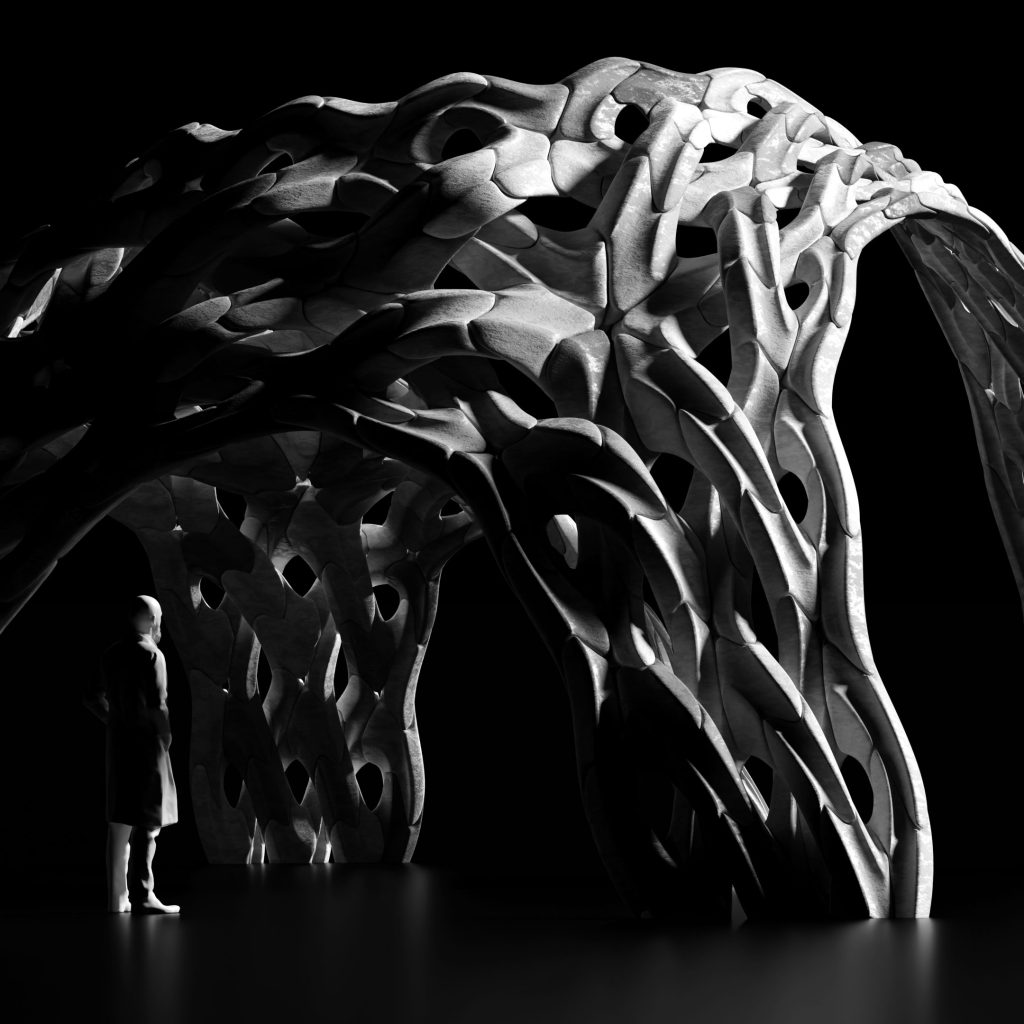
Software:
- The latest version of Blender
- Latest Version of the Tissue add-on
Important Notes:
- The ‘Polyhedral Topologies in Blender’ workshop by PAACADEMY will start on Saturday, February 10th, 2024, at 16:00 GMT.
- Total sessions: 2 Sessions
- The teaching duration per session will be 4 hours.
- Students will have time for a break between teaching hours.
- Each session and the entire studio will be recorded, and videos will be available for participants just a day after the class for unlimited time.
- PAACADEMY will provide a certificate of attendance.
- The studio has limited seats. Tickets are non-transferable & non-refundable. Please read carefully before you register.
Instructor:
Alessandro Zomparelli
Alessandro Zomparelli is a computational designer and his background in Engineering and Architectural fields drove him to explore the opportunities of 3D printing technologies at different scales, from architecture to the human body. Since 2011, he has been a member of Co-de-iT, contributing to the Reefs project, and has taught numerous international computational design workshops. In 2012 he co-founded MHOX a generative design studio with a focus on body extensions exploring the blurred boundary between body and design and creating both fashion and medical products. Between 2016-2020, he taught at the Academy of Fine Arts in Bologna and Istituto Marangoni in Milan. From 2020-2023, he joined the CREATE group as a research fellow, focusing on architectural geometry and digital fabrication. Since 2023 he is working as Computational Design Engineer at Ai-build helping in the development of cutting-edge solutions for robotic 3D printing. He is known for developing open-source Blender add-ons like Tissue, which are aimed at simplifying computational design workflows and making them more accessible to the general user. He also collaborated on different computational design projects from architecture to wearable products and taught in several international programs.
Topic: Polyhedral Topologies in Blender
Date: February 10-11, 2024
Time: 16:00 – 20:00 GMT
Format: Online on Zoom
Duration: 2 Sessions (8 Hours)
Registration Deadline: February 9, 2024
Total Seats: 50 seats
Difficulty: Intermediate
Language: English
Certificate: Yes
General Registration: €90
Fee for Digital Members: €77 (15% discount for Digital Members)
Organized By: PAACADEMY
Tutor: Alessandro Zomparelli
Recordings: Recordings will be available for all participants afterward indefinitely.




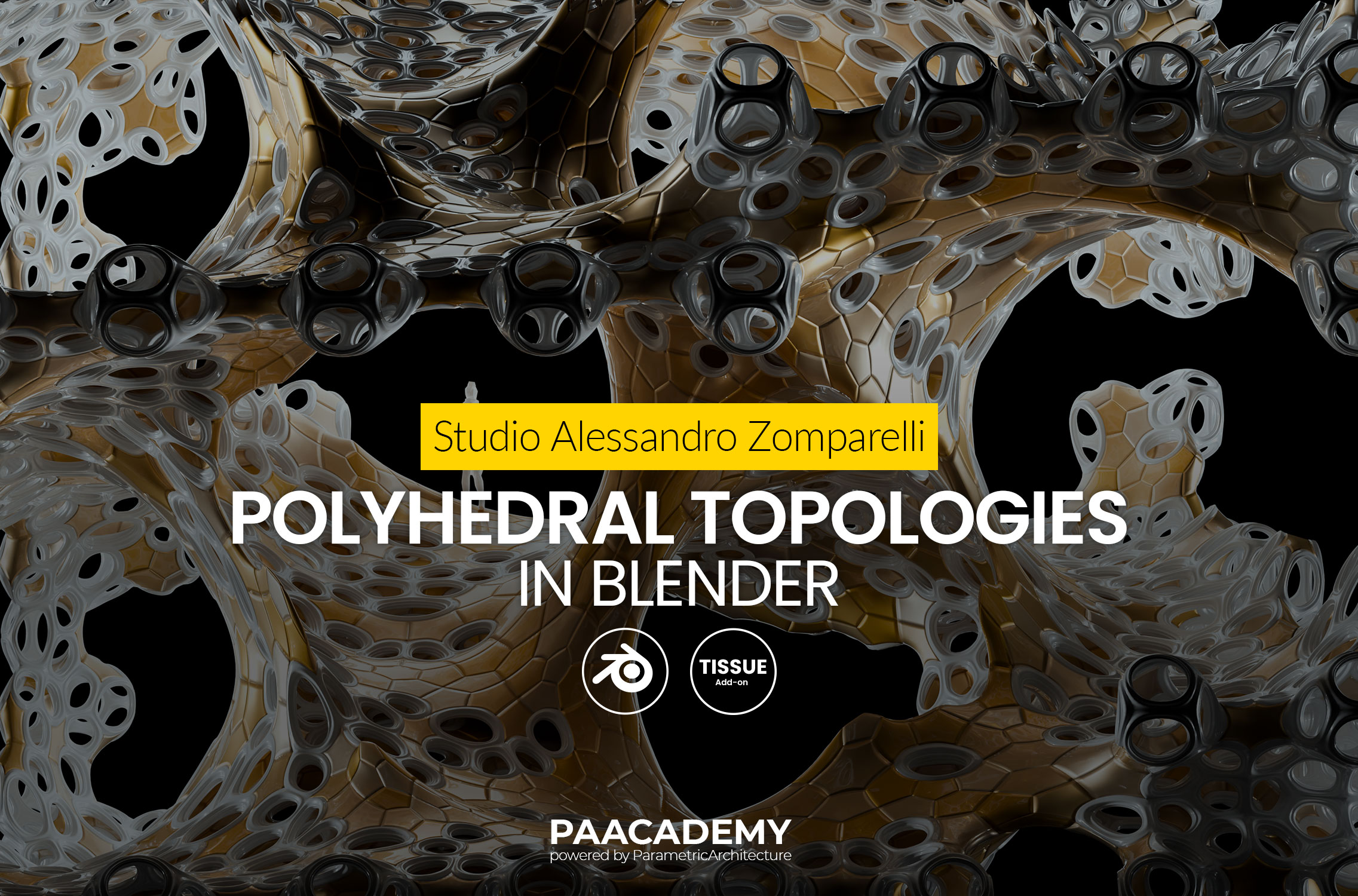
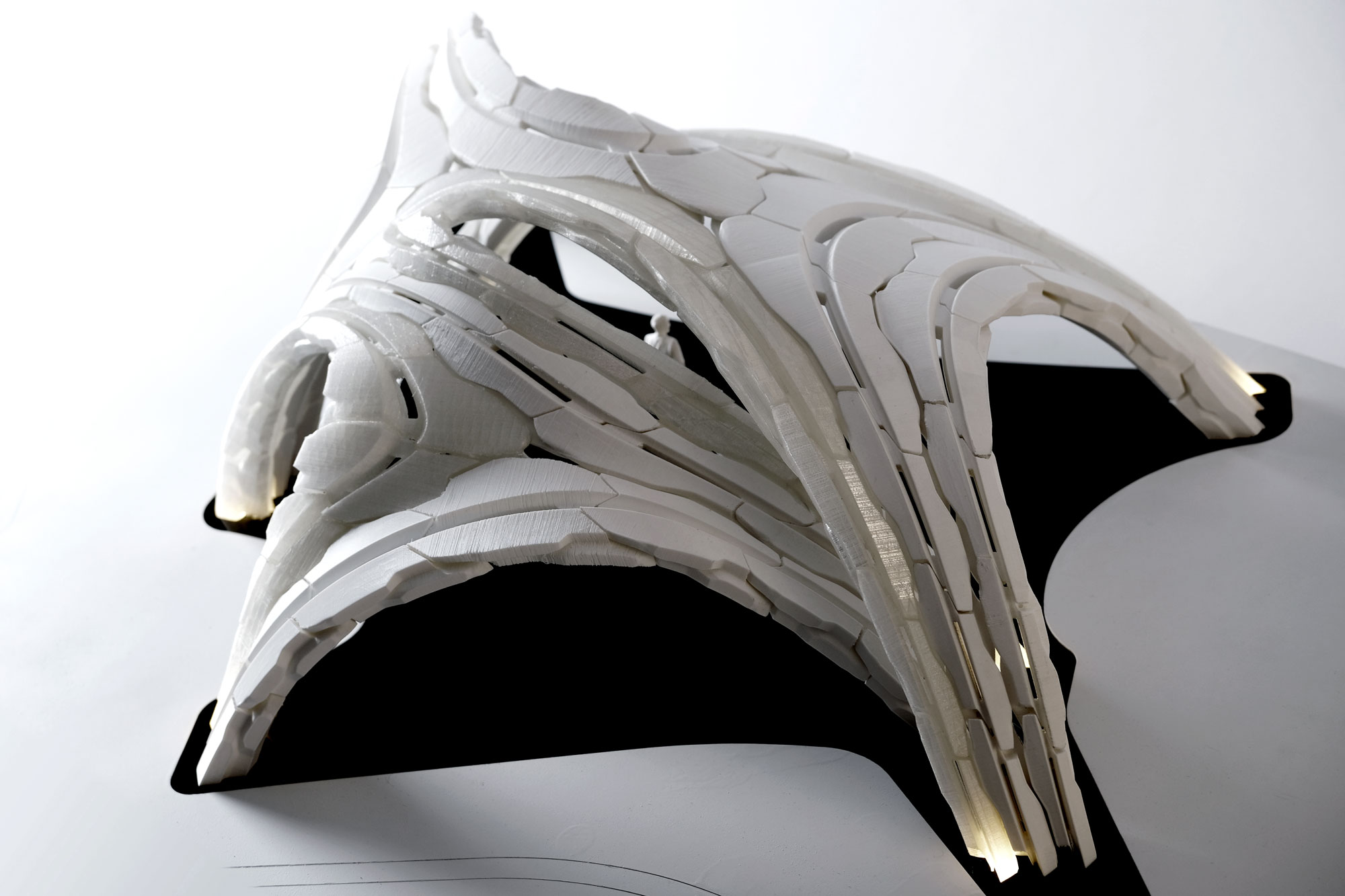




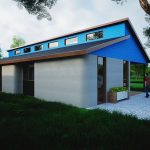
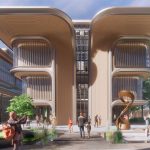








Leave a comment